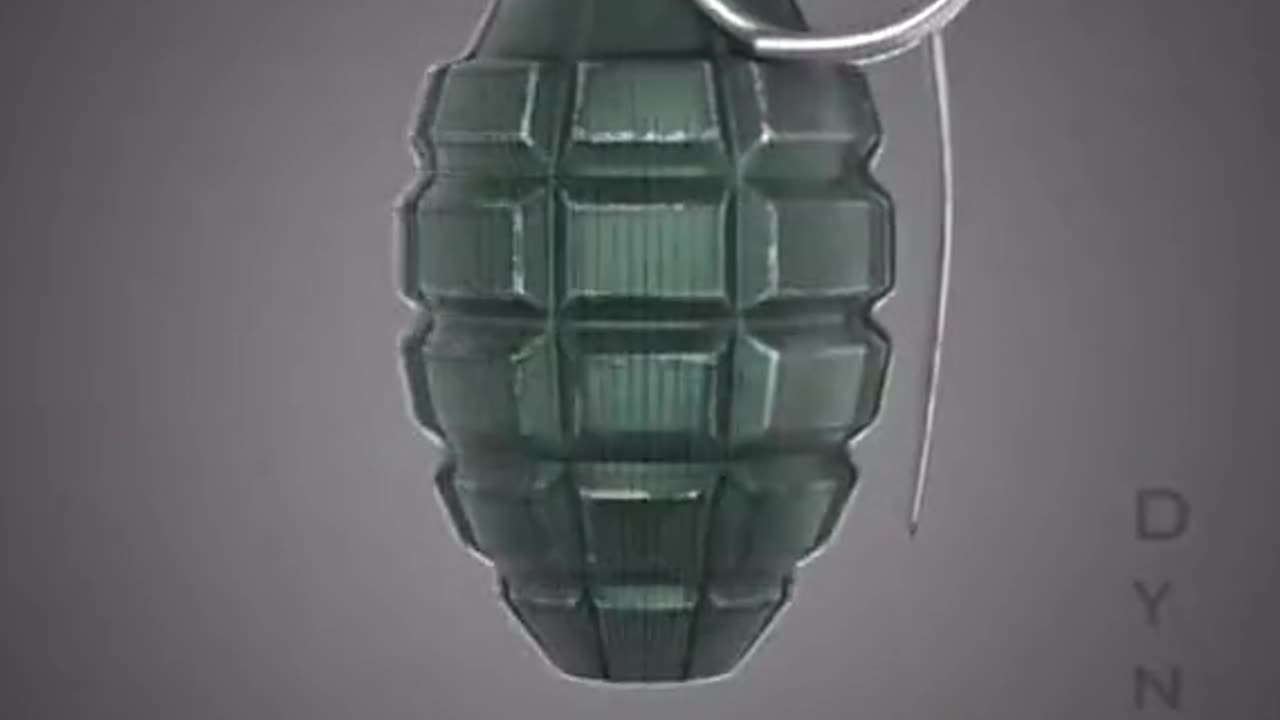Premium Only Content
This video is only available to Rumble Premium subscribers. Subscribe to
enjoy exclusive content and ad-free viewing.

How a hand grenade works
1 year ago
209
How a hand grenade works
A grenade is an explosive weapon typically thrown by hand (also called hand grenade), but can also refer to a shell (explosive projectile) shot from the muzzle of a rifle (as a rifle grenade) or a grenade launcher.
Loading comments...
-
 0:53
0:53
Rumble man
2 days agoIran struck The Kirya compound, Israel's equivalent to the U.S. Pentagon, Fox News confirms
7.73K1 -
 7:40:46
7:40:46
SpartakusLIVE
8 hours agoBig DADDY Spart wishes YOU a Happy Father's Day || Duos w/ @sophiesnazz
73.7K1 -

Due Dissidence
13 hours agoIsrael STRIKES IRAN, Iran HITS BACK, Marandi OWNS Media Hack, Is This THE END of MAGA?
52.5K43 -
 2:12:15
2:12:15
Nerdrotic
7 hours ago $7.79 earnedChris Cottrell Interpreting the Geomorphology of Carolina Bays | Forbidden Frontier #105
58.8K7 -
 LIVE
LIVE
Spartan
5 hours agoPro Halo Player | Halo Infinite Ranked Arena into SWTOR and/or Gears Beta
407 watching -
 LIVE
LIVE
This is the Ray Gaming
4 hours ago $0.89 earnedPushing for Rumble Creator Program
194 watching -
 LIVE
LIVE
Damysus Gaming
4 hours agoDune: Awakening - Grinding for that Ornithopter - Guild Work! Drown in Some Spice!
18 watching -
 3:42:31
3:42:31
EricJohnPizzaArtist
4 days agoAwesome Sauce PIZZA ART LIVE Ep. #51: Music Night featuring Sophmore John!
26.8K3 -
 5:46:03
5:46:03
sophiesnazz
9 hours ago $3.47 earnedWE VIBING! !socials
49.2K3 -
 12:36:10
12:36:10
FoeDubb
13 hours ago🏰KINGDOM MENU: 👑HAPPY FATHERS DAY TO MY FELLOW RUMBLE DADS.👑THIS IS OUR DAY DILLY DILLY
21.8K2